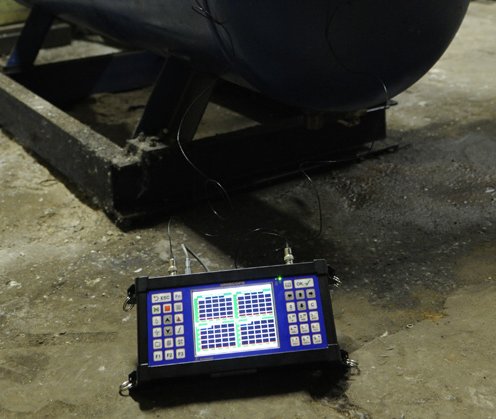Mission Control

The Acoustic and Mission Control Method of Non-Destructive Control is based on the radiation and recording of voltage waves while the material is rapidly localized. Defects that occur and develop in the material during operation cause a concentration of deformation. If, at the time of loading, the local stress deformation caused by the presence of the defect exceeds the emission threshold, an acoustic emissions occur. The higher the deformation caused by the defect, the higher the emissions and the lower the load at which it appears. Total emission energy is a defect risk measure. A defect located at a more intense site causes a higher concentration of tension and higher emissions than a similar defect in a less loaded area. From the point of view of the structural integrity of the object, the defect in a more loaded area is more dangerous than the similar defect in a less loaded area. Acoustic and mission tests allow for this difference.
Classic AE sources are plastic deformation and destruction processes. Rapid movement (growth) of the AE source creates waves of tension that spread within the material structure and reach a pesoelectric pre-educator. Electrical emission signals from the voltage sensor conversion are increased, recorded and further processed and interpreted.
Modern systems measure both individual AE signal parameters: amplitude, longitude, energy, oscillation, arrival time, growth time and other parameters related to its frequencies and the shape of the digitized signal. An analysis of the combination of AE signal sequences allows the location, type and degree of hazard to be determined. A detailed analysis of the shape/spectre of the digitized signal serves to clarify the type of source and the characteristics of the signal ' s proliferation.
See also:- ☕ вузам









